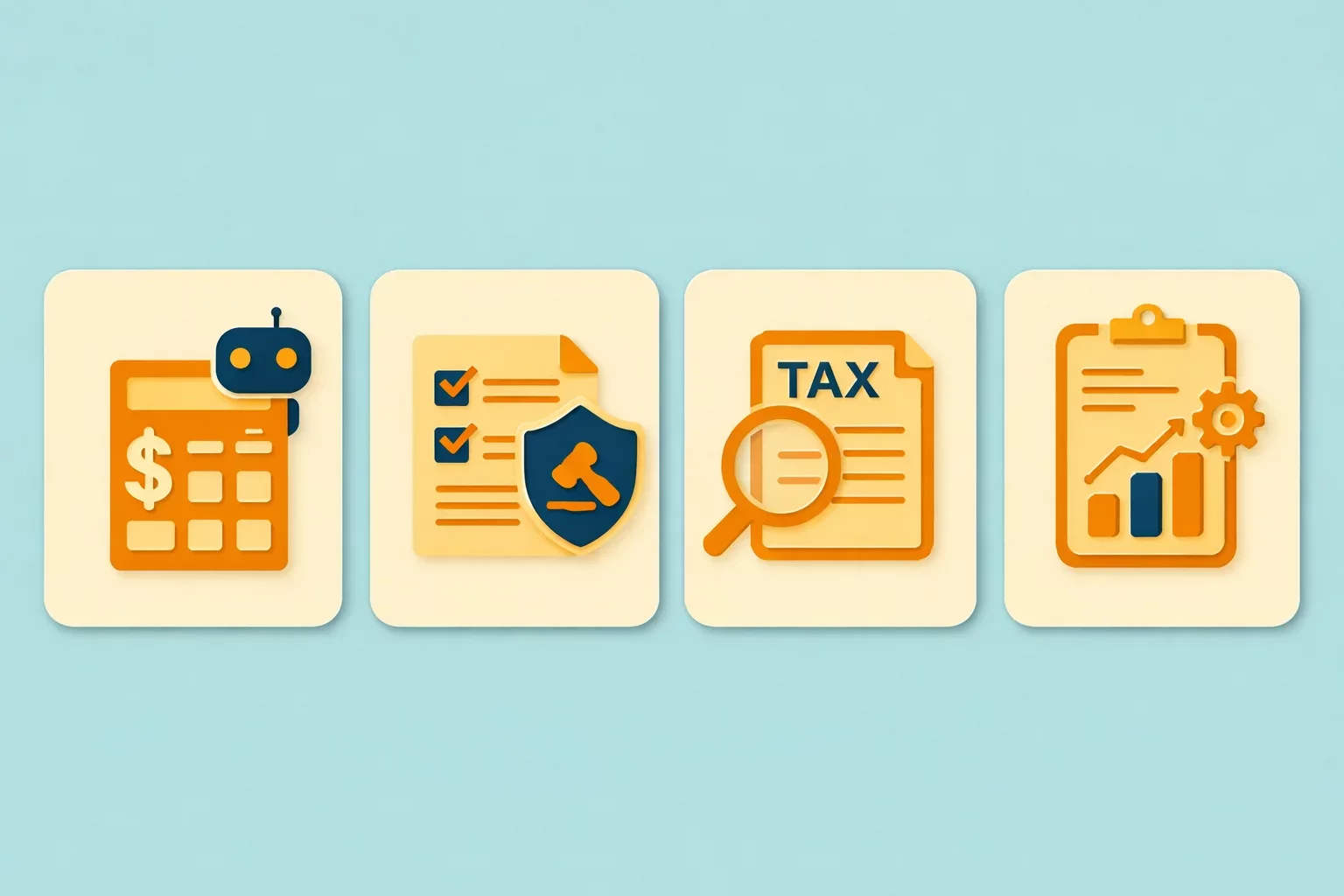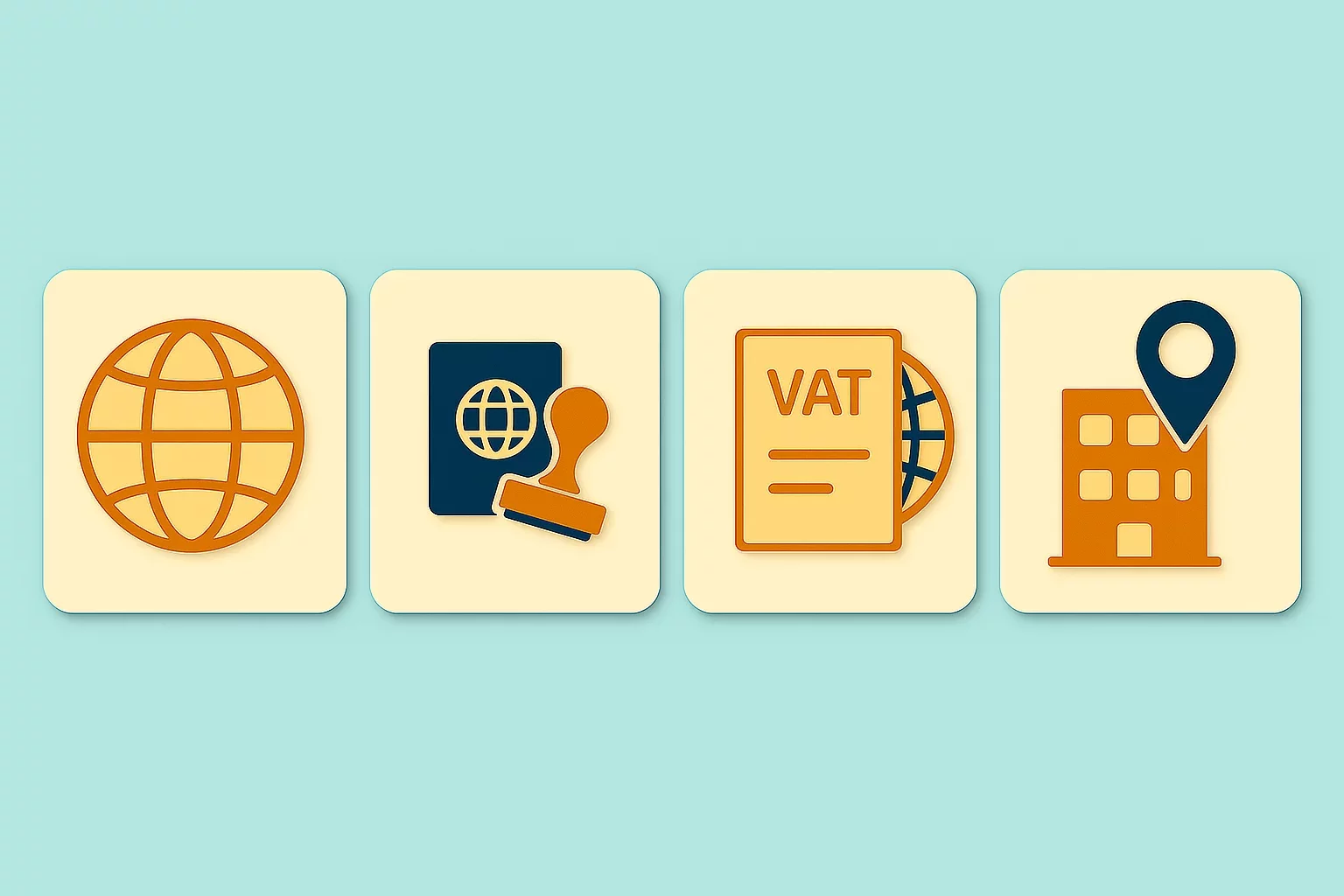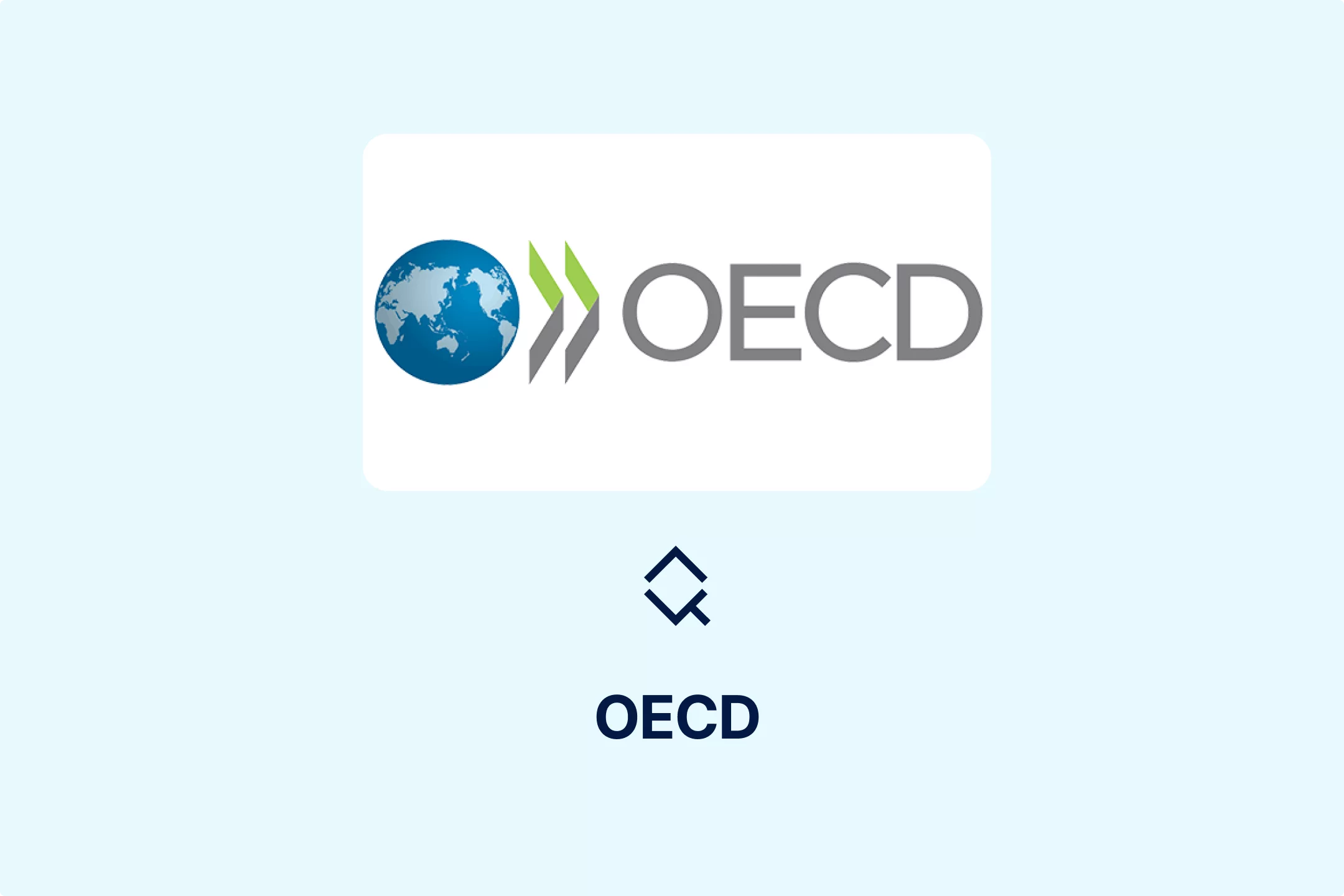The Role of Voluntary Disclosure Agreement (VDA) in VAT Compliance

Summary
A Voluntary Disclosure Agreement (VDA) offers businesses a solution to VAT non-compliance, allowing them to disclose errors to tax authorities in exchange for reduced penalties, limited retrospective exposure, and more favorable payment terms. This mechanism aims to foster transparency and cooperation, helping to bridge the gap between VAT rule enforcement and taxpayer willingness to comply. While VDAs provide certainty and mitigate financial and reputational risks, they require complete transparency and accountability from businesses.
Here are 3 key takeaways:
VDAs provide certainty and mitigate risks for businesses by offering reduced penalties, limited look-back periods, and more favorable payment terms for disclosed VAT non-compliance.
VDAs encourage voluntary compliance, reducing the workload for tax authorities and allowing them to reallocate resources to more serious cases like VAT fraud.
Eligibility for a VDA typically requires businesses to approach the tax authority before an audit or assessment is initiated, and it demands thorough reconstruction of historical records and negotiation of terms.
One of the most complex issues for businesses operating in multiple jurisdictions is VAT compliance. Some of the most common mistakes or errors include underreporting, late filings, or failing to register in new jurisdictions. Reasons for making these errors vary, but the result is essentially the same: penalties, interest, and administrative burdens. However, there is a solution that eliminates tax audits and more severe penalties.
The solution is the conclusion of the Voluntary Disclosure Agreement (VDA) between businesses and competent Tax Authorities. Therefore, understanding how VDAs operate in VAT systems, what they deliver to businesses, how they affect overall compliance, and where their limits lie is crucial for companies operating worldwide.
The Scope and Purpose of the Voluntary Disclosure Agreement (VDA)
The VDA should be understood as a negotiating mechanism between a taxable person and a Tax Authority under which the taxable person discloses prior non-compliance in return for relief in the form of reduced penalties, limited retrospective exposure, or more favorable payment terms. However, the purpose of the VDA is not one-sided, but rather dual.
On the one hand, the VDA provides businesses with an opportunity to voluntarily start over, at least from a VAT perspective, and turn informal or hidden liabilities into an agreed-upon, defined debt. For Tax Authorities, as the other party to the VDA, it serves as a mechanism for revenue recovery that is less adversarial and more efficient than conducting full-scale audits of every non-compliant taxable person.
If governments and Tax Authorities develop and establish an effective system around VDAs, they can bring into compliance taxable persons who are otherwise reluctant or unaware, without incurring the costs and litigation risks associated with full enforcement. Ultimately, the VDAs serve as a mechanism to bridge the enforcement of VAT rules and the willingness of taxable persons to cooperate and acknowledge their liability.
Benefits of Concluding VDA for Business
One of the most significant benefits for businesses is that VDA provides certainty and mitigates risk. More specifically, not stepping forward and concluding VDA will result in open-ended liability, where Tax Authorities pursue assessments for many years, impose steep penalties and interest, or treat non-compliance as VAT fraud.
By admitting that they are not complying with VAT legislation, businesses secure a limited look-back period, typically three to four years, instead of potentially facing exposure to more extended periods. Additionally, national rules often provide for the partial or complete waiver of penalties, which can significantly relieve a financial burden. Regarding interest on unpaid VAT, even though they may still be charged, businesses are often offered more favorable terms and payment schedules under negotiated VDA.
Apart from the financial relief, VDA contributes to predictability, as the uncertainties around exposures to audits or additional VAT payment claims are removed. Moreover, signing the VDA signals to the Tax Authorities that businesses are ready to operate in a more transparent manner and in good faith, which may enhance the relationship between companies and the authority and reduce the risk of further scrutiny.
Impact on VAT Compliance
When the system around VDAs is efficient and trusted by taxable persons, that may affect the VAT compliance equilibrium. First of all, VDAs encourage voluntary compliance, where taxable persons are rewarded with lighter penalties if they disclose their errors, rather than waiting until an audit catches them. Additionally, because taxable persons are coming forward voluntarily, the Tax Authorities have a reduced workload. This means that they can reallocate resources to other, perhaps even more serious cases, such as the VAT fraud cases.
It is crucial to have in mind that many of the errors made by taxable persons are unintentional or accidental. For taxable persons, it is essential to know that honest mistakes can be remedied under fair terms, instead of facing harsh penalties. Therefore, VDA regimes serve to foster a culture of openness, where businesses' hidden exposure becomes transparent and quantifiable. Consequently, these contribute to closing the VAT gap, improving revenue streams, and enhancing fairness in the tax system without resorting to strict enforcement.
Challenges and Limitations of VDA
Although signing a VDA appears to be an easy way to settle potential disputes with Tax Authorities due to non-compliance with VAT rules and regulations, this mechanism is not without its challenges and limitations. The first major limitation is eligibility conditions. Typically, to be eligible for VDA, taxable persons must approach the authority before being contacted for an audit or assessment. This means that once the formal inquiry is underway, the option to disclose voluntarily is often off the table.
An additional challenge for businesses is the existence of various disclosure procedures, which differ from one country to another. Moreover, there are numerous examples of multiple disclosure procedures within a single jurisdiction. Understanding how these procedures work, particularly in terms of conditions on look-back periods, penalty waivers, acceptable documentation, and timelines, in each country where the business operates, is a task in itself.
Despite showing readiness to settle potential VAT disputes before they occur, businesses must gather, reconstruct, and validate historical transaction records, calculate liabilities, interest, and proposed adjustments. Once this is completed, companies still need to negotiate terms with the authority. Since this may be a heavy burden, the business's judgment is required to assess whether the savings, certainty, and reduced risk outweigh the upfront cost and operational strain.
Finally, concluding the VDA does not mean that the Tax Authority will not examine aspects not initially included in the agreement. Moreover, if businesses did not disclose all relevant issues, violations, or omissions, it could void the deal or expose them to audits and penalties on other matters.
Conclusion
Businesses should not view VDA as a shortcut to administrative compliance with VAT rules and regulations. While this mechanism offers certainty, reduces financial and reputational risk, and provides an opportunity to align future operations with legal requirements, it also requires complete transparency and accountability.
Ultimately, those who suspect that they have breached VAT law should conduct an in-house audit to determine the scope and consequences of any mistakes or omissions, and, if necessary, consult with experienced professionals who specialize in these types of matters.
Source: European Commission, HMRC, South African Revenue Services, Baker McKenzie

Featured Insights

Angola’s E-Invoicing Mandate: Phased Implementation Continues Into 2026
🕝 December 10, 2025
VAT Deduction and Business Succession: When Do Advisory Costs Serve the Company’s Interest?
🕝 December 8, 2025
Europe’s Plastic Fiscal Shift: Why Italy’s Plastic Tax Now Starts in 2027
🕝 December 3, 2025
The Decline of Low-Value Import Exemptions: Closing Gaps in Cross-Border E-Commerce
🕝 November 20, 2025More News from World
Get real-time updates and developments from around the world, keeping you informed and prepared.
-e9lcpxl5nq.webp)























-7xdqdopxl6.webp)



-a9bz8kz2cs.webp)































